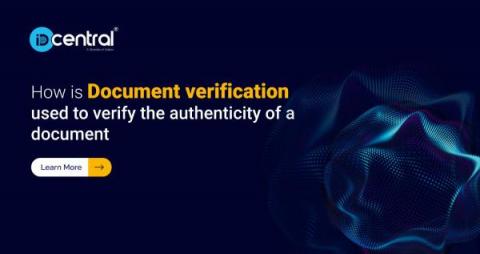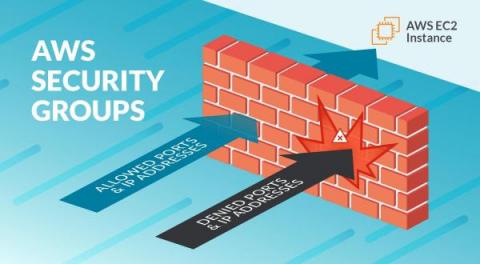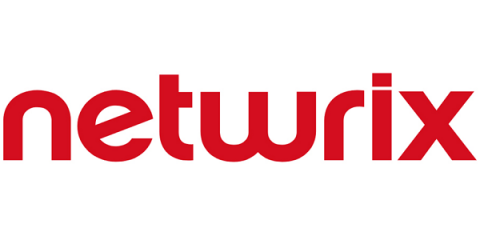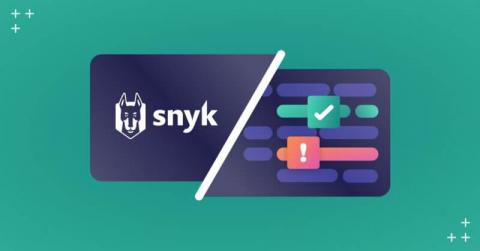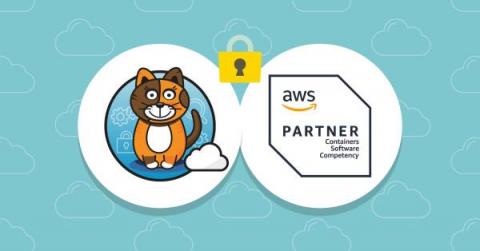How is Document verification used to verify the authenticity of an Identity document?
Before the world transitioned to digital-first onboarding due to cellphones, high-speed internet, and a pandemic; Banks, financial institutions, and other organisations could verify identities by physically comparing a person’s face to a photo ID. Of course, one could hardly just accept the certification at face value—no pun intended.


